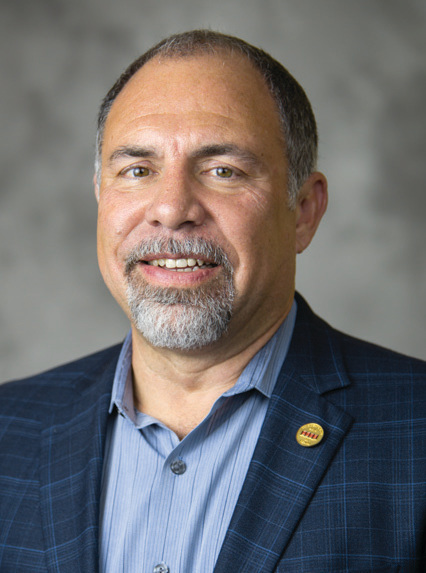November 6, 2019 – Centerville, TN — As of October 23, Meriwether Lewis Connect, is live with installations in each of the nine cities it targeted for Phase I. Connected residents in Waverly, Hohenwald, Centerville, Erin, Tennessee Ridge, New Johnsonville, Linden, Lobelville and now McEwen are streaming high-speed, affordable, reliable broadband from the Meriwether Lewis Electric Cooperative subsidiary.
The first MLConnect customer was connected in March 2019, just seven months after MLEC announced its plans to make high-speed, fiber broadband and phone services an option for all its members. Construction for Phase II is now underway in rural Humphreys County.
“I am pleased to announce that the board of directors has approved Phase II of the project to get high speed, reliable fiber broadband to all our members,” says MLEC President and CEO Keith Carnahan. “It includes the rural areas of Humphreys and Houston counties and utilizes a Tennessee Economic and Community Development grant received for rural Humphreys County to bring broadband. The grant is time sensitive, and we need to complete this part of the project in a timely fashion. Phase 2 will span 15 months, while evaluation and preparation for Phases III and IV are ongoing.”
Carnahan reiterated MLEC and MLConnect’s commitment to make fiber broadband an option for all MLEC members, noting that it will take time to build such an expansive, reliable network. He also shared that they are pursuing grants for additional areas in other counties and will know if the applications are successful in April 2020.
“It isn’t a matter of ‘if’ MLConnect will be an option for every MLEC member but ‘when’,” says Carnahan. “When MLEC announced its broadband project in August 2018, we shared our goal to complete construction in all five counties by the end of 2022, realistically installations will still be ongoing past that because we just can’t be everywhere at once. However, obtaining grants can help us with the timelines and economic impact of reaching our goal.”
Preparations for Phases III and IV are constantly being evaluated and will include the rural areas of Hickman, Lewis and Perry counties. Updates will be available at a later date.
For now, MLConnect encourages MLEC members without service to sign up at www.mlconnect.com. There is no obligation, and it gives them a way to contact you when installations begin in your area.


